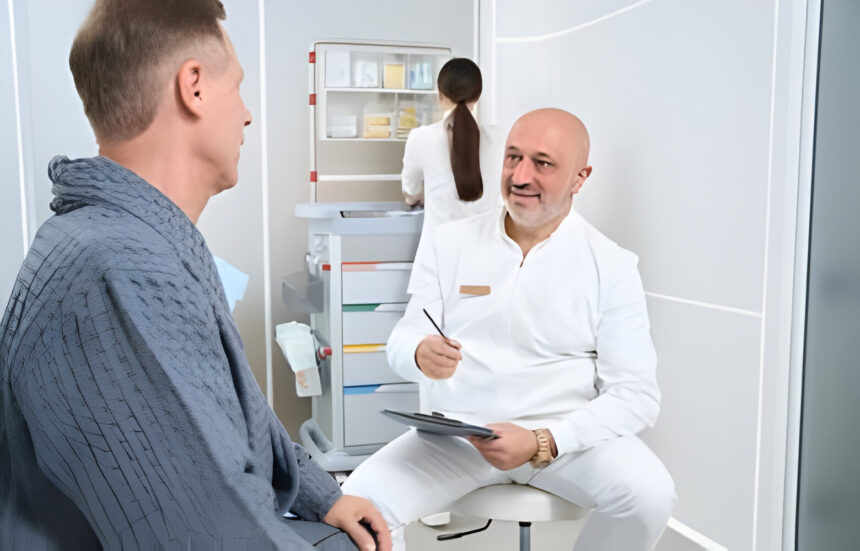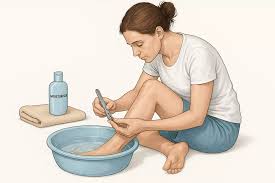Hormone levels can decline due to aging or medical conditions, leading to various symptoms. Hormone replacement therapy (HRT) is a medical treatment designed to replenish these diminished hormone levels. Here is more information on what hormone replacement therapy involves, its different forms, and its potential benefits:
What Is HRT?
Hormone replacement therapy is a medical treatment that involves supplementing the body with hormones. The goal is to restore hormone levels to a more optimal range, which can alleviate symptoms associated with hormonal imbalances. HRT is tailored to each individual’s specific needs, based on diagnostic testing and a comprehensive medical evaluation.
What Are the Different Types?
HRT is not a single treatment but encompasses several types tailored to specific needs. The type of therapy recommended depends on the individual’s gender, symptoms, and overall health profile. The different forms of HRT include:
Testosterone Replacement Therapy for Men
Testosterone replacement therapy (TRT) is a treatment for men with low testosterone levels, a condition known as hypogonadism. This therapy aims to restore testosterone to a normal range, which can help address symptoms like fatigue, reduced muscle mass, and low libido. TRT is available in various forms, including injections, gels, patches, and pellets.
Andropause Treatment for Men
Andropause, sometimes referred to as male menopause, is a term used to describe age-related hormone changes in men. Treatment for andropause typically involves testosterone replacement to manage symptoms that arise from declining hormone levels. The approach is designed to improve quality of life by addressing the changes associated with this phase.
Menopause Treatment for Women
For women experiencing menopause, HRT can help manage symptoms like hot flashes, night sweats, and vaginal dryness. This therapy typically involves estrogen and progesterone. The treatment plan is customized based on the woman’s symptoms and health history to provide relief during the menopausal transition.
What Does the Process Involve?
The process of starting HRT begins with a comprehensive medical evaluation. A healthcare provider will conduct blood tests to measure your current hormone levels. This initial assessment helps determine if a hormonal imbalance is present and identifies which specific hormones require supplementation.
Following the diagnosis, a provider will develop a personalized treatment plan. This plan outlines the type of hormone, dosage, and method of administration. Regular follow-up appointments may be scheduled to monitor hormone levels and adjust the treatment as needed to achieve the desired results.
What Are the Benefits?
The benefits of HRT are directly related to the restoration of hormonal balance. For men, this can mean increased energy, improved muscle mass and strength, and a restored libido. For women, HRT can provide relief from the physical and cognitive symptoms of menopause.
Beyond symptom relief, HRT may offer other health advantages. Hormone replacement therapy can contribute to improved bone density, which reduces the risk of osteoporosis. Patients may also report an overall improvement in their sense of well-being and quality of life after treatment.
How Do Traditional Treatments Differ?
Traditional treatments for hormonal imbalances may include lifestyle changes and medications that do not address the underlying cause of hormonal symptoms. The choice between traditional treatments and hormone replacement therapy depends on patient and provider preference. A healthcare provider can discuss the differences with you and recommend the most suitable option for your situation.
Explore the Available Treatments Now
Hormone replacement therapy is a treatment option for individuals experiencing symptoms of hormonal decline. It offers a way to replenish hormones and improve the quality of life for both men and women. If you are experiencing symptoms that may be related to a hormonal imbalance, consult with a healthcare professional now.














